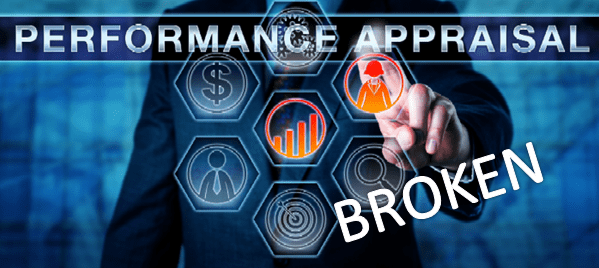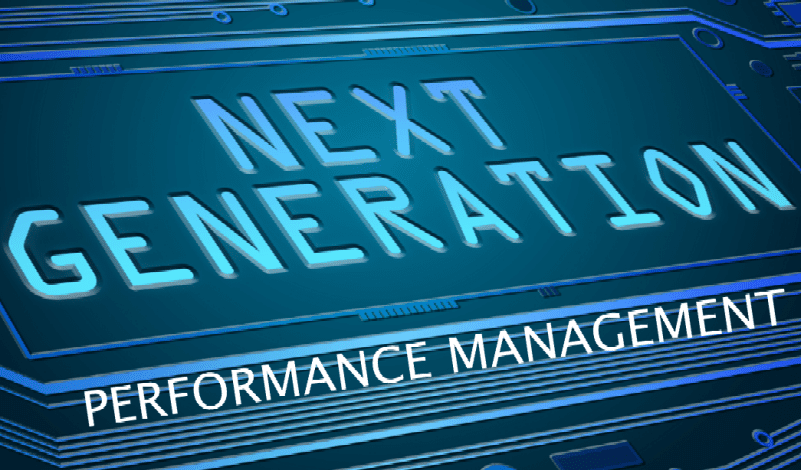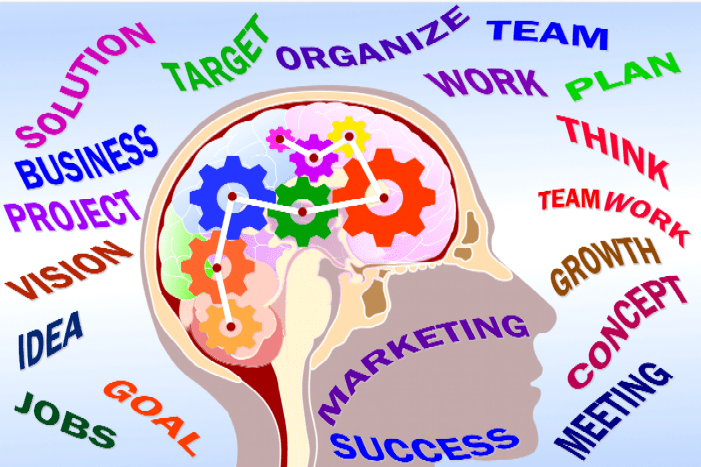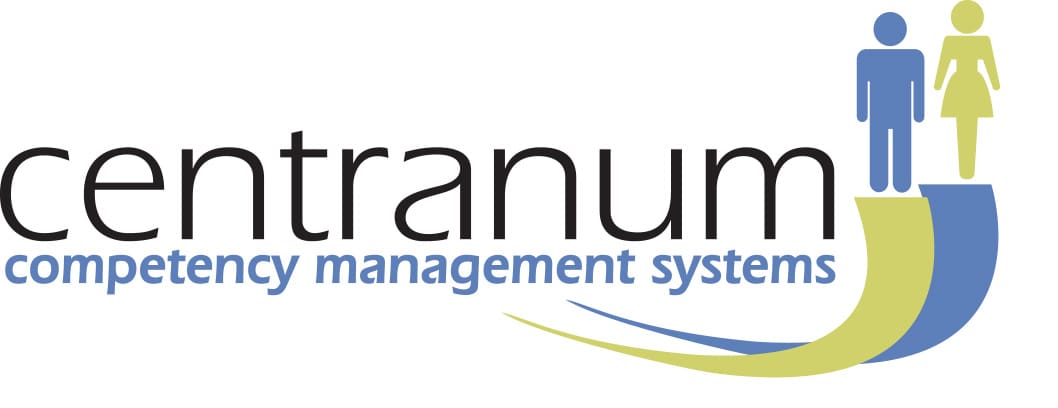
BEHAVIOURAL SCIENCE OF WORK PERFORMANCE
Discover the basic concepts of behavioural science. Surprisingly most of these evidence based principles are not followed in workplace performance management and development practices. Learn how to use them to improve HR processes. Read More

PERFORMANCE MANAGEMENT – 8 REASONS WHY IT’S BROKEN
Most agree the ‘Traditional” performance management system is broken. Discover the 8 reasons why and how to fix them Read More

USING CORE COMPETENCIES TO DRIVE PERFORMANCE
Discover the few core competencies that research shows significantly contribute to individual and work group performance – Read More

ARE PERFORMANCE RATINGS OBSOLETE? – THE RESEARCH
Some organisations claim to have dropped performance ratings as a strategy to fix the broken performance management process. Learn the arguments for and against performance ratings. But is this is even the right question. Find Out

NEXT GENERATION PERFORMANCE MANAGEMENT
The traditional form based performance appraisal has been exposed as a high cost low value exercise. What is next generation performance management? How is it implemented? Learn More

ACHIEVING A FEEDBACK CULTURE
Both staff engagement and job performance improve when people feel comfortable giving and receiving feedback. Learn how to create the right culture. Read More

PSYCHOLOGY OF WORK PERFORMANCE
Most performance management practices are designed for administrators, add little value or even adverse consequence for staff. System redesigns must support the well established factors that drive performance at work – Read More
